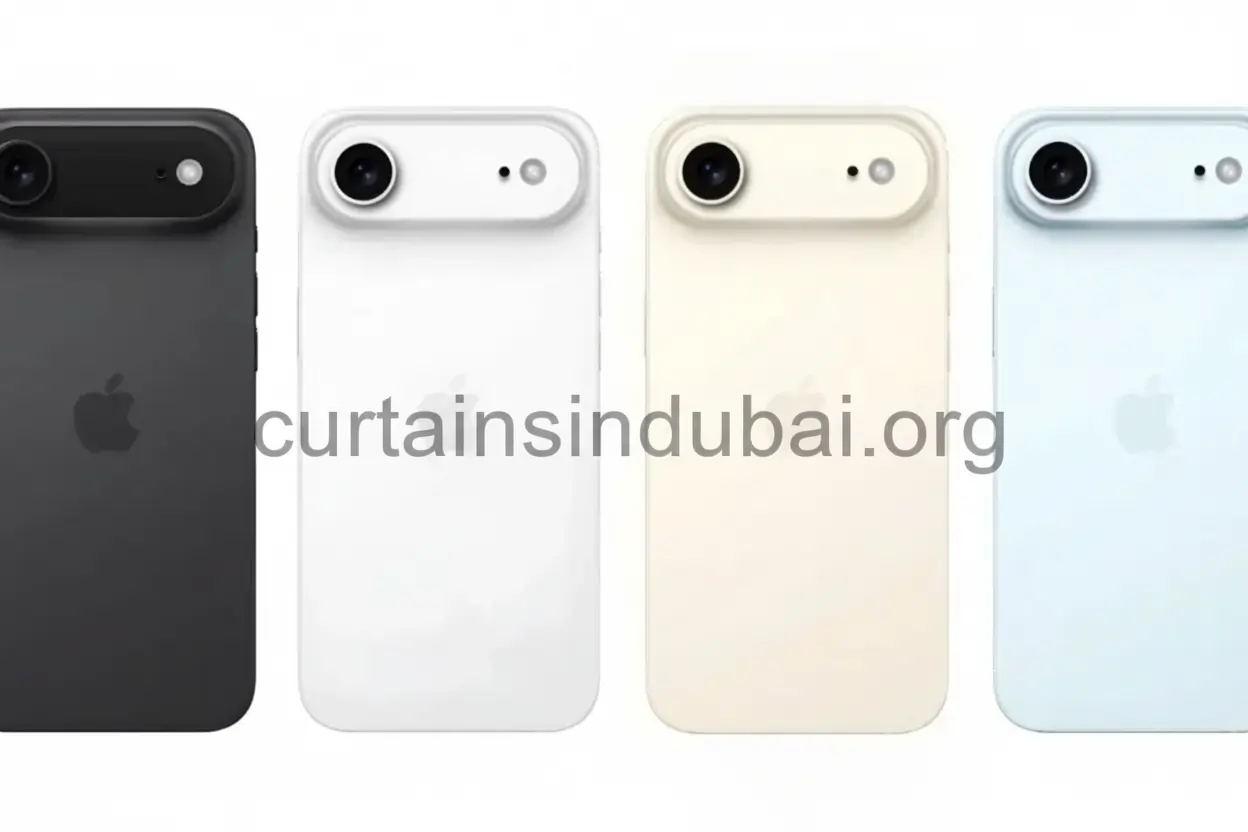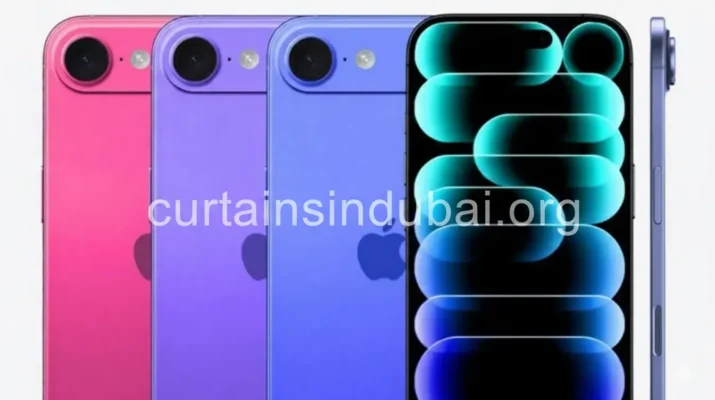The tech world is buzzing. Apple has unveiled its latest engineering marvel, the iPhone Air. It’s a new addition to the iPhone 17 lineup and a major design shift for the company. Apple revived the “Air” name for a phone focused on being incredibly thin. Now, everyone is asking a key question. Are the sacrifices made for this design worth it for the average user?
The new iPhone Air showcases Apple’s obsession with design. It measures an almost impossibly thin 5.6mm. This makes it much slimmer than other phones, including others in the iPhone 17 family. Holding it feels like handling a sliver of glass and metal, not a powerful computer. The company used a new titanium frame with Ceramic Shield 2 glass on the front and back. Apple claims this is its most durable iPhone ever. This reassurance is needed for such a delicate-looking device. Early impressions confirm it feels astonishingly light yet surprisingly rigid.
The Engineering Marvel of a Slender Frame

This slim design required a total re-engineering of the iPhone’s internals. Apple reportedly shrunk its circuits and components. This freed up crucial space for a decent battery. The iPhone Air now replaces the ‘Plus’ model in the lineup. It offers a large 6.5-inch Super Retina XDR display with ProMotion. This gives users a big, vibrant, and smooth screen. The device is also much more pocketable than older large iPhones.
Powering this phone is the new A19 Pro chip. This is the same powerful processor found in the iPhone 17 Pro models, with only one less graphics core. This ensures the iPhone Air is fast and responsive. It can handle demanding apps and games with no problem. The device also introduces a new N1 chip. This brings support for Wi-Fi 7 and Bluetooth 6.0 for the latest in wireless connectivity.
A Calculated Compromise in a Singular Vision
However, this pursuit of thinness comes with clear compromises. The camera system is the most notable example. The iPhone Air has a single, though very capable, 48-megapixel rear camera. Apple says this lens takes stunning photos and provides a 2x telephoto zoom. Yet, it lacks the dedicated telephoto and ultrawide lenses of the Pro models. This will be a problem for photography fans. They are used to the multi-lens systems on modern flagship phones.
Another major change is the switch to eSIM-only for all models globally. This decision clearly helps save precious internal space. Apple has promised “all-day battery life” for the device. But the real-world performance of a smaller battery in such a thin frame remains to be seen. These are calculated trade-offs. Apple is betting that for some customers, an amazing design will be more important than having every possible feature.
“The iPhone Air is a stunning design statement, a bold declaration that the art of industrial design is not dead in the smartphone world. However, it forces a critical self-reflection for the consumer: are you willing to trade the photographic versatility and absolute peak battery performance of the Pro models for a device that feels like it’s from the future? For those who value aesthetics and in-hand feel above all else, the Air is a masterpiece. But for the power user, it might feel like a beautifully crafted compromise.”
